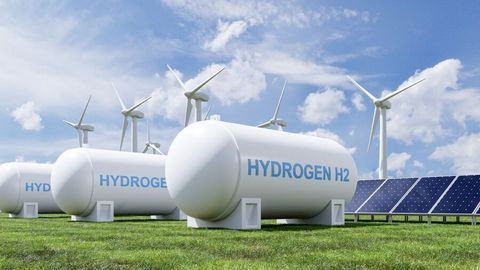Biden Administration Directs Agencies to Implement and Enforce Environmental Justice Measures
Client Alert | 1 min read | 02.01.21
On January 27, President Biden issued an executive order detailing the first steps to achieve his U.S. foreign and domestic policy on climate change, environmental justice (EJ), and clean energy. In particular, the executive order directs all federal agencies to make achieving EJ part of their missions and, most immediately, for the U.S. Environmental Protection Agency (EPA)to “[s]trengthen enforcement of environmental violations with disproportionate impact on underserved communities. . .” To facilitate such a shift, the order further requires the deployment of new tools designed to identify and protect “fenceline” communities carrying a disproportionate burden of pollution and harmful environmental effects. These tools include:
- Creating a “Geospatial Climate and Economic Justice Screening Tool” (building upon EPA’s existing EJ Screen mapping tool);
- Publishing EJ risk screening maps annually; and
- Making environmental compliance and monitoring data available to the public in “real-time” in “frontline and fenceline” communities.
As a complement to enhanced EPA enforcement, the executive order directs the U.S. Department of Justice (DOJ) to work with EPA’s Office of Enforcement and Compliance Assurance in order to develop a “comprehensive environmental justice enforcement strategy,” aimed at ensuring “timely remedies for systemic environmental violations and contaminations and injury to natural resource.”
Implementation of President Biden’s executive order poses significant implications for the regulated community, particularly for those industries and those facilities operating within or in close proximity to historically underserved communities. By mapping EJ communities more vividly and by making real-time compliance data more readily available to the public, EPA, DOJ and citizen groups will be able to identify and target facilities for prioritized inspection, investigation, and ultimate enforcement (including through citizen suits) in order to protect fenceline communities. Companies should begin to assess and mitigate forthcoming EJ-driven enforcement risks.
Contacts
Insights
Client Alert | 2 min read | 12.19.25
GAO Cautions Agencies—Over-Redact at Your Own Peril
Bid protest practitioners in recent years have witnessed agencies’ increasing efforts to limit the production of documents and information in response to Government Accountability Office (GAO) bid protests—often will little pushback from GAO. This practice has underscored the notable difference in the scope of bid protest records before GAO versus the Court of Federal Claims. However, in Tiger Natural Gas, Inc., B-423744, Dec. 10, 2025, 2025 CPD ¶ __, GAO made clear that there are limits to the scope of redactions, and GAO will sustain a protest where there is insufficient evidence that the agency’s actions were reasonable.
Client Alert | 7 min read | 12.19.25
In Bid to Ban “Woke AI,” White House Imposes Transparency Requirements on Contractors
Client Alert | 5 min read | 12.19.25
Navigating California’s Evolving Microplastics Landscape in 2026
Client Alert | 19 min read | 12.18.25
2025 GAO Bid Protest Annual Report: Where Have All the Protests Gone?




